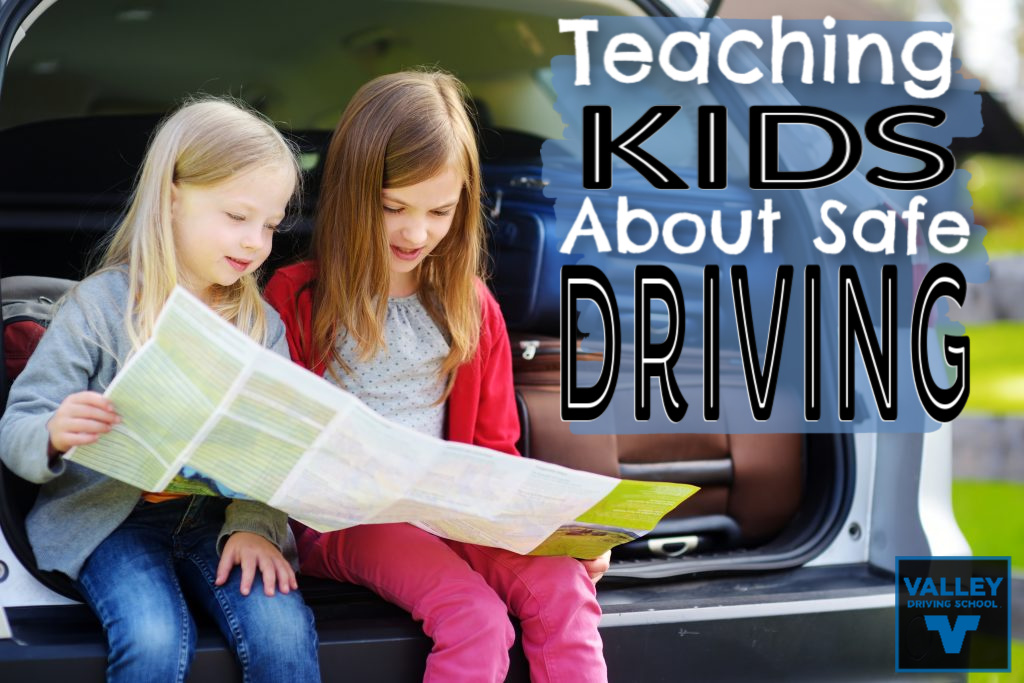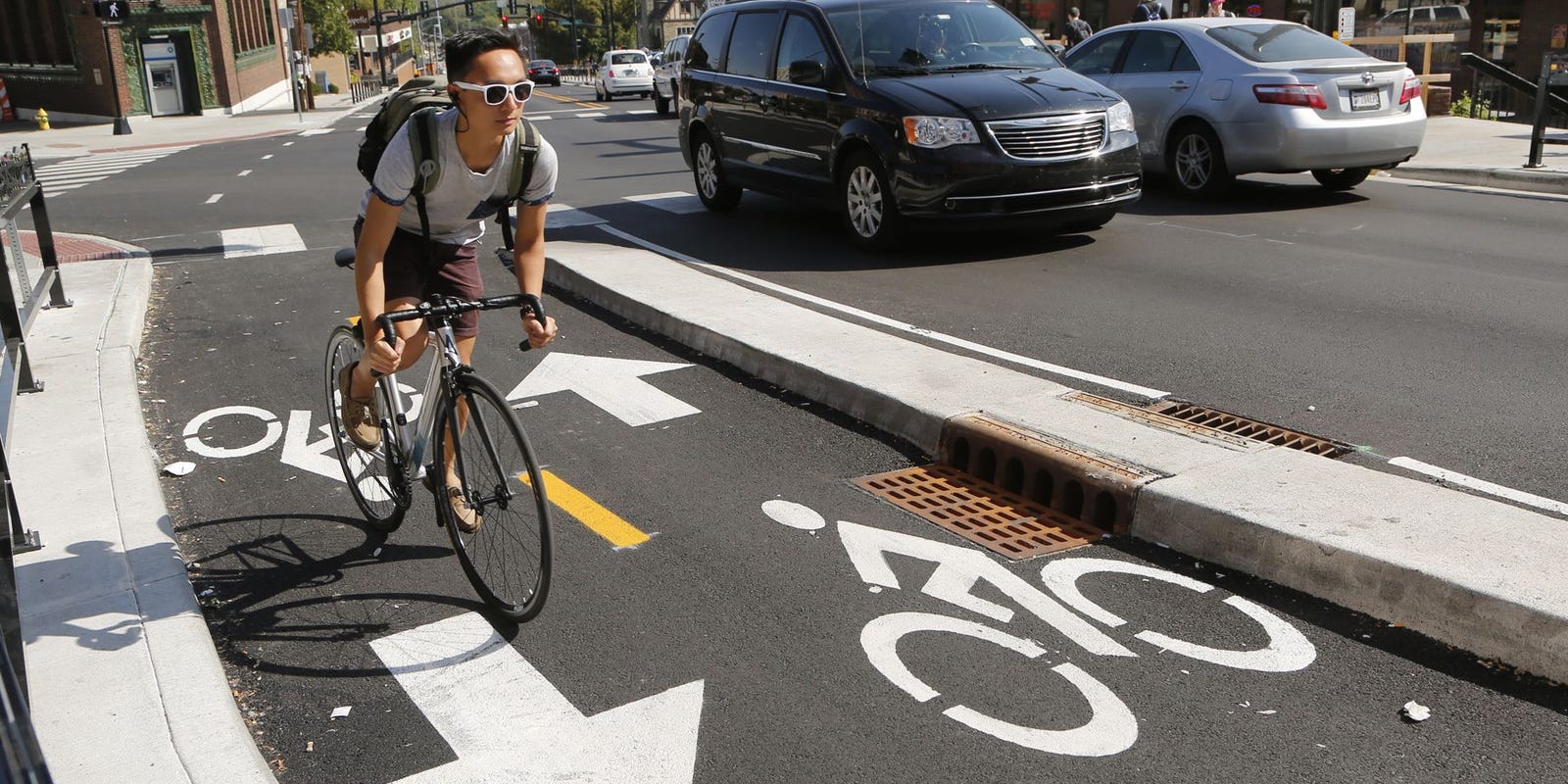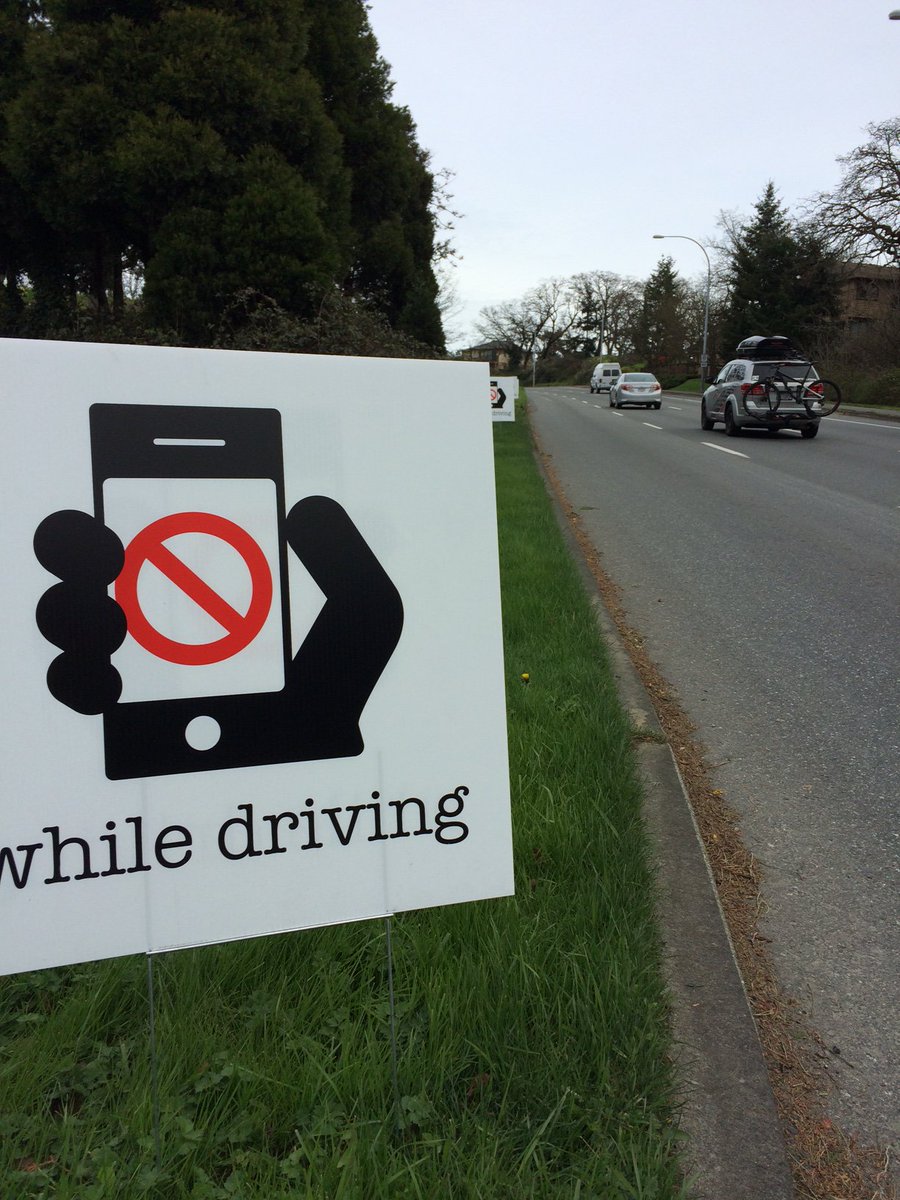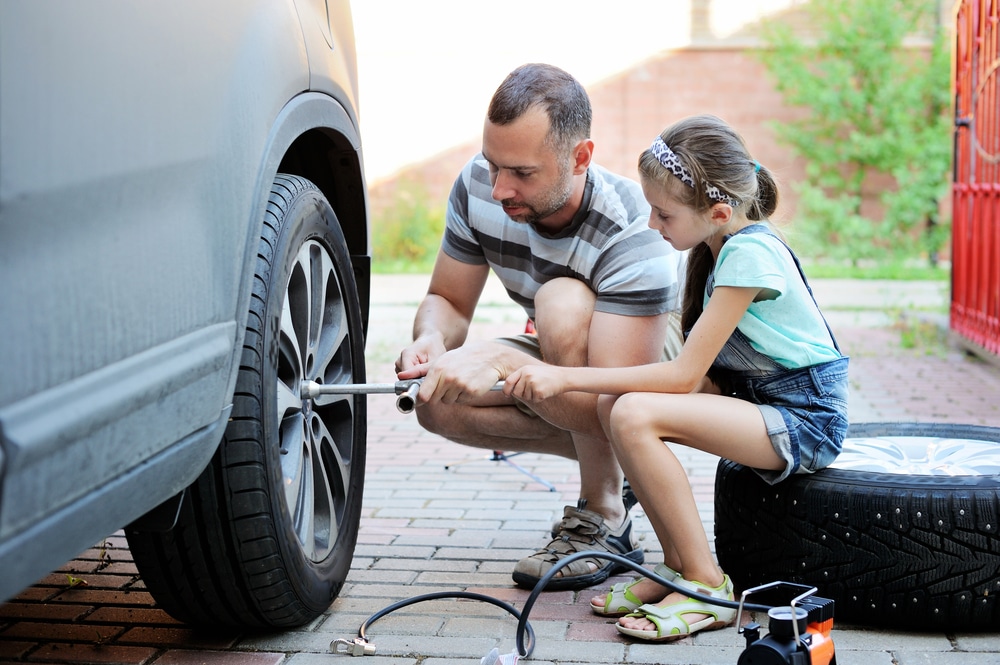Long before your teenager receives their driver’s licence and heads out on the road, they will likely spend countless hours in the vehicle with you. These trips in the car are the perfect opportunity to educate the next crop of safe drivers before they ever get behind the wheel.

Whether your young passengers are five or fifteen, there are teachable moments on the road for every age. Here are our top tips to inform, educate, and foster a great learning environment for your young passengers!
Sharing the Road
When you first start driving on your own, there are a lot of things to focus on to ensure you get from point A to point B safely. Many novice drivers remember to keep an eye out for other vehicles on the road, but what about motorcyclists and cyclists? Make it second nature for them; start pointing them out early. Instructing your children to spot motorcycles and cyclists on the road can be a fun game, but it’s also a great way to teach children to always look out for them.

Ask your kids to count how many motorcycles they see; you can even make it a contest amongst all your passengers. Whoever can spot the most wins. Simple games like this can help ingrain a habit that helps keep everyone on the road safe.
Leading by Example
Your kids look up to you and emulating your driving habits is no exception. How you conduct yourself while behind the wheel will set the tone for what your young drivers will do once they’re on the road without you. Always stay focused on the task at hand: safe driving. Set your radio station and climate control before your set out on your trip. If you are able, instruct your passenger to make any heat or station adjustments while driving.

Refraining from texting and driving or even touching your phone while in the driver’s seat sets a great example for kids and young teens. Distracted driving is extremely dangerous and is illegal in British Columbia, punishable by both fines and demerits. Teaching your children about the dangers of driving distracted and the potential consequences, and then enforcing that message with good behaviours will help create more safe drivers. If you have trouble leaving your phone alone, use your young passengers as a reminder – if you try and pick-up your phone while driving, encourage them to remind you it’s not the right time.
Stay cool, calm and collected in stressful situations. Driving at night, in the winter, or on busy roads can be stress-inducing. How you handle tough situations sets the tone for your young drivers-to-be. Avoid tailgating, speeding, and aggressive driving maneuvers, including verbal expressions of frustration at other drivers. Take your time and be respectful of other drivers, riders, and pedestrians.
Driving for the current conditions is extremely important, not only for passenger education, but for the safety of everyone on the road. Teach your children why it’s important to reduce your speed when driving in snow, rain, or with reduced visibility. Teach your passengers the difference between road surfaces and how to adjust for driving on gravel, unmarked pavement, or in construction zones.
Rules of the Road
Learning the rules of the road and helping them get familiar with signs, signals, and hazards can help young drivers feel confident and prepared when it’s their turn to get behind the wheel.
Stick to the basics with younger children - explain the traffic light colours and what they indicate, the difference between stop signs and yield signs, and how to scan for crosswalks and pedestrians. As they get older, introduce more advanced concepts like changing lanes, monitoring and maintaining a consistent speed, merging, and four-way stops.
Teach your children that the posted signage is the limit and set an example by keeping to that limit. If you are ever stopped by a law enforcement officer with young passengers in the vehicle, use it as a teaching moment. Remain calm and respectful and explain which documents you’re required to produce and how to keep them in a safe, accessible location in the vehicle.
During drives where you are still in control start getting into the habit of providing “running commentary” which we define as: an oral description of events, given as they occur. Speaking through every maneuver that you make will open up a new driver’s eyes to see every small detail that happens throughout a drive. For example, as a seasoned driver, one could just say, “I’m making a left turn” but when you are using running commentary you would break it down and instead say,
“I am going to turn on my left-turn signal and check for nearby pedestrians, cars, and other road users as I approach the intersection. I will pull into the intersection because the light is still green, but I see there are oncoming cars so I’ll come to a stop after my entire vehicle is clear of the crosswalk. The oncoming cars are going straight through the intersection, so once they are clear, I will shoulder check left to make sure that there are still no pedestrians, cars, or other road users in my path. I’ll turn my wheel to the left to start my turn and straighten it out as I pull into the inside lane.”
There’s quite a difference! Speaking out loud, through all the steps involved - no matter how small it seems - allows the new driver to understand and become aware of all the maneuvers, checks, and thought processes that are involved in driving, and how focused you need to be on every detail. Once your kid understands the concept behind running commentary, they can provide it to you.
Emergency Situations
Even if your teen can’t drive yet, it’s never too early to learn how to fill a gas tank, build an emergency kit, or change a tire. Show your kids how to monitor your fuel levels while driving. All vehicles will have a gauge on the instrument cluster and others may even have a digital display estimate of kilometres until empty. Teach your children to always keep the gas tank at least half-full; not only does it help with engine health and longevity, but it’s good practice in case of emergency or if you end up somewhere far away from a fuel station.

While you can purchase pre-made vehicle emergency kits, building your own gives you the opportunity to talk about the importance of each item with young drivers. Booster cables are essential; show your young drivers how to safely connect them. Always keep a phone charger, flashlight, ice scraper, folding shovel, gloves, and a warm blanket in your vehicle. Caution triangles or pylons can be used to alert other drivers if you’ve pulled over; show your kids how to safely place them around a stopped vehicle. Reflective clothing is also important if you ever need to change a tire or perform maintenance while in low visibility conditions. A multi-tool and small first aid kit are easy to store in the trunk or glove box of a vehicle.
If your young driver-to-be doesn’t yet have the physical strength to remove a tire and put on a spare, being an active observer or assistant of sorts can be just as educational. Have them identify tools, rehearse the steps, and assist with the elements that require less physical capability.
Sending your kids out on the road alone for the first time may seem overwhelming, but if you provide them with the tools and knowledge they need, you can rest easier knowing you’ve equipped them to safely operate a vehicle.
